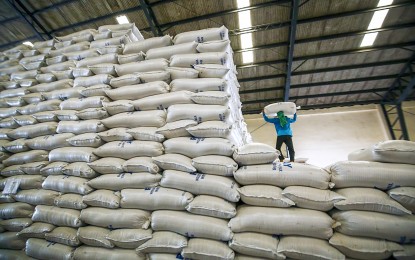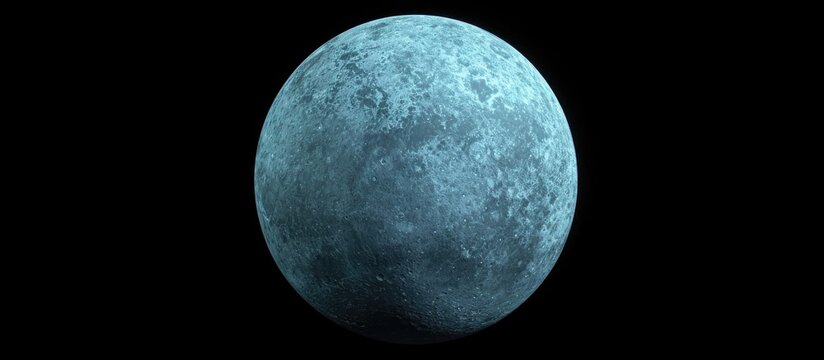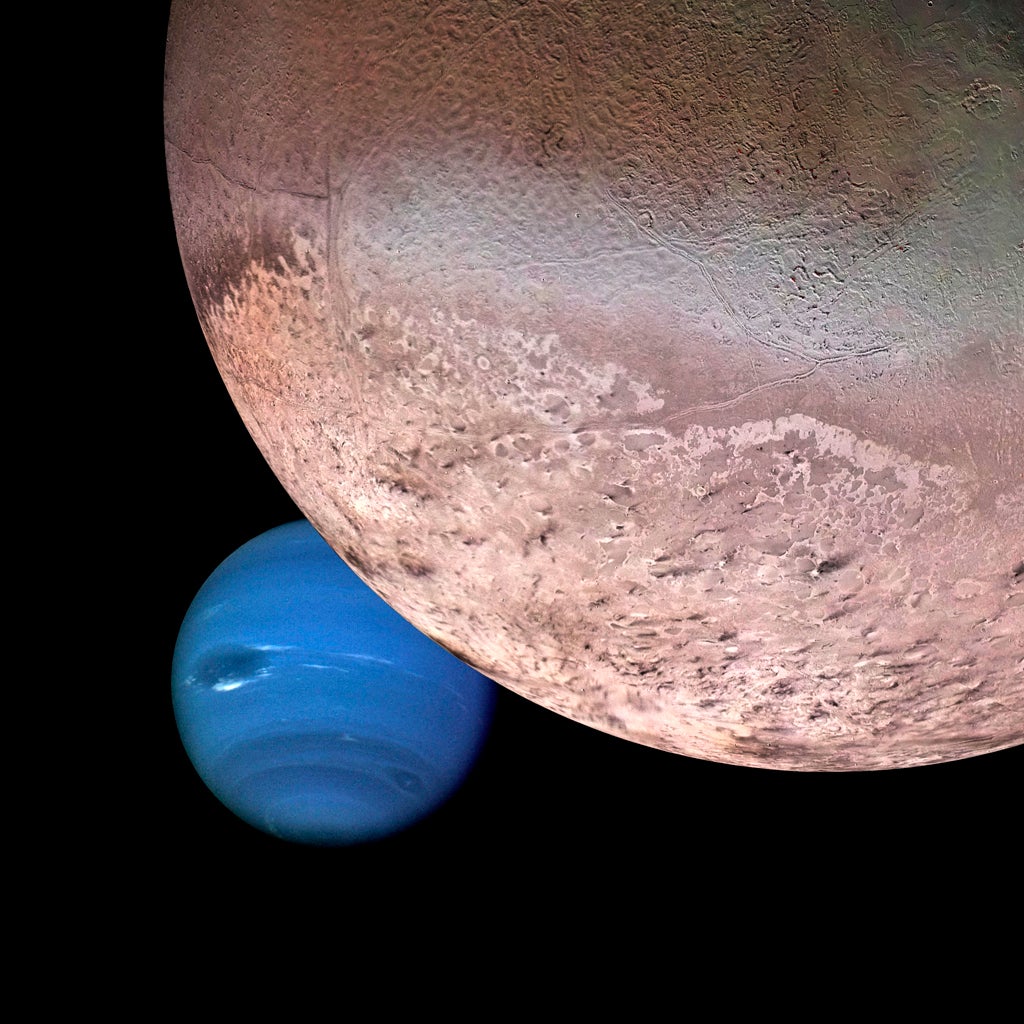Haumea: The Cosmic Egg of the Kuiper Belt
Discover Haumea, the fast-spinning, oval-shaped dwarf planet with a unique ring system. Explore its icy surface, mysterious origins, and what makes it one of the strangest worlds beyond Neptune.
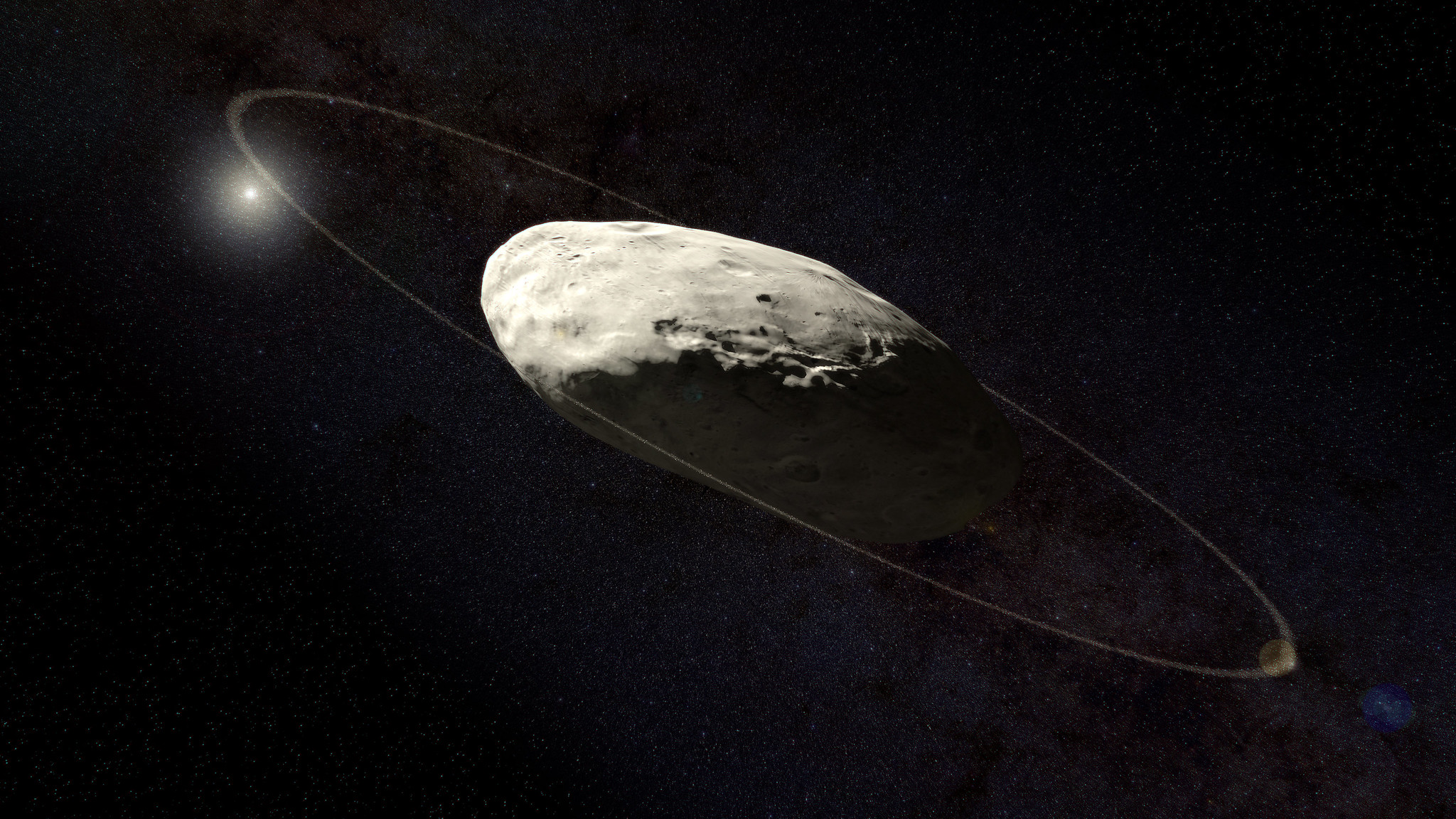
A Fast-Spinning Mystery
Haumea is unlike any other world in our solar system. Located in the distant Kuiper Belt, beyond Neptune, this dwarf planet stands out due to its rapid rotation. A single day on Haumea lasts only about four Earth hours, making it one of the fastest spinning large objects in the solar system. This extreme speed has caused Haumea to stretch into an elongated, almost egg-like shape, rather than the typical spherical form of most celestial bodies. This peculiar shape is not only rare but also raises questions about how Haumea formed and evolved over time.
A Crystal-Covered Surface
Unlike the dull, rocky exteriors of many other dwarf planets, Haumea’s surface gleams with crystalline water ice. This suggests that the dwarf planet once experienced significant internal heating, possibly from past collisions or radioactive decay. Over time, space radiation should have transformed the ice into a more amorphous, dull form, but Haumea remains bright. Scientists believe this means its surface is constantly being refreshed—perhaps due to its rapid spin causing surface shifts or even icy eruptions that expose fresh ice underneath.
A Ring of Ice and Debris
For decades, planetary rings were thought to be exclusive to giant planets like Saturn, but Haumea changed that assumption. In 2017, astronomers discovered that Haumea is surrounded by a faint, narrow ring composed of icy particles and debris. This marks it as the first confirmed dwarf planet with a ring, further solidifying its status as a cosmic oddity. The presence of this ring suggests past violent impacts or an ongoing process that replenishes the material, possibly linked to Haumea’s fast rotation.
Shades of White and Red
Haumea's coloration adds another layer of intrigue. The majority of its surface is a bright, almost pure white due to the crystalline water ice, but small patches of red dot its landscape. These reddish regions are likely caused by organic compounds known as tholins, which form when radiation alters simple carbon-based molecules. Such a mix of bright ice and mysterious red patches makes Haumea stand out among its fellow Kuiper Belt objects, hinting at complex chemical processes occurring far from the Sun.
The Birth of a Collisional Family
Haumea is not alone in the vast darkness of the Kuiper Belt. It has two known moons—Hi’iaka and Namaka—that likely formed from a massive impact in the distant past. But what makes Haumea even more unique is that this collision didn’t just create its moons; it also produced a family of icy fragments that now orbit the Sun independently. These icy bodies share similar compositions and orbits, suggesting they all originated from the same catastrophic event. This makes Haumea the only dwarf planet known to have such a family of related objects scattered across space.
An Unusual Orbit and Uncertain Past
Haumea’s orbit takes it on a long, elliptical journey around the Sun, lasting about 285 Earth years. Unlike planets with more circular orbits, Haumea’s path is tilted and elongated, hinting that gravitational interactions with Neptune or past encounters with other large Kuiper Belt objects may have shaped its motion. Because of its unusual trajectory, Haumea spends part of its orbit closer to the Sun than Pluto, giving astronomers rare opportunities to study its icy surface under different lighting conditions.
A Mythological Connection to Creation
Haumea’s name is derived from Hawaiian mythology, named after the goddess of fertility and childbirth. This is fitting, considering how Haumea’s collision spawned an entire family of objects in space, much like a mother giving birth. This cultural connection adds a human touch to the science, reminding us that exploration isn’t just about cold calculations—it’s also about storytelling, wonder, and linking the cosmos to our own histories.
A Glimpse Into the Distant Past
Studying Haumea isn’t just about understanding one icy dwarf planet—it’s about unlocking secrets of the early solar system. Haumea and other Kuiper Belt objects are remnants of the primordial material that formed the planets billions of years ago. Because these objects have remained relatively untouched by the Sun’s heat and planetary forces, they act as time capsules, preserving clues about the chaotic early days of our cosmic neighborhood. By studying Haumea’s composition, scientists can piece together the history of water, ice, and organic compounds in the outer solar system.
Conclusion: A World Unlike Any Other
Haumea is a reminder that the solar system still holds many surprises. Its rapid spin, egg-like shape, crystalline ice surface, mysterious red patches, and unexpected ring system make it a one-of-a-kind world. The story of its past collision and the birth of its moon system adds another layer of mystery. Studying Haumea gives us a deeper understanding of the dynamic, ever-changing nature of the Kuiper Belt. As future space missions improve our ability to explore these distant worlds, Haumea will remain a fascinating subject—one that challenges what we thought we knew about dwarf planets and the hidden wonders of the outer solar system.
What's Your Reaction?







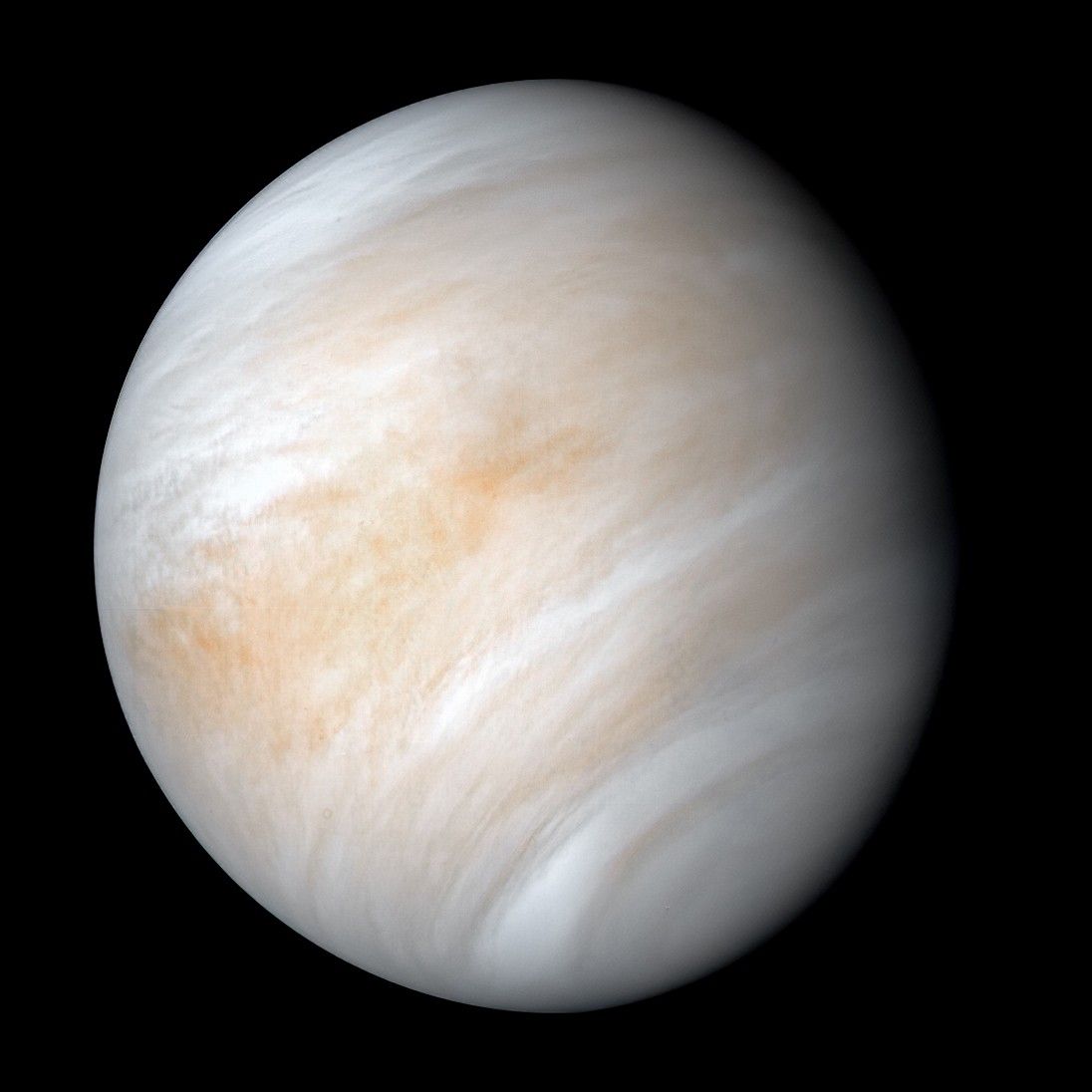

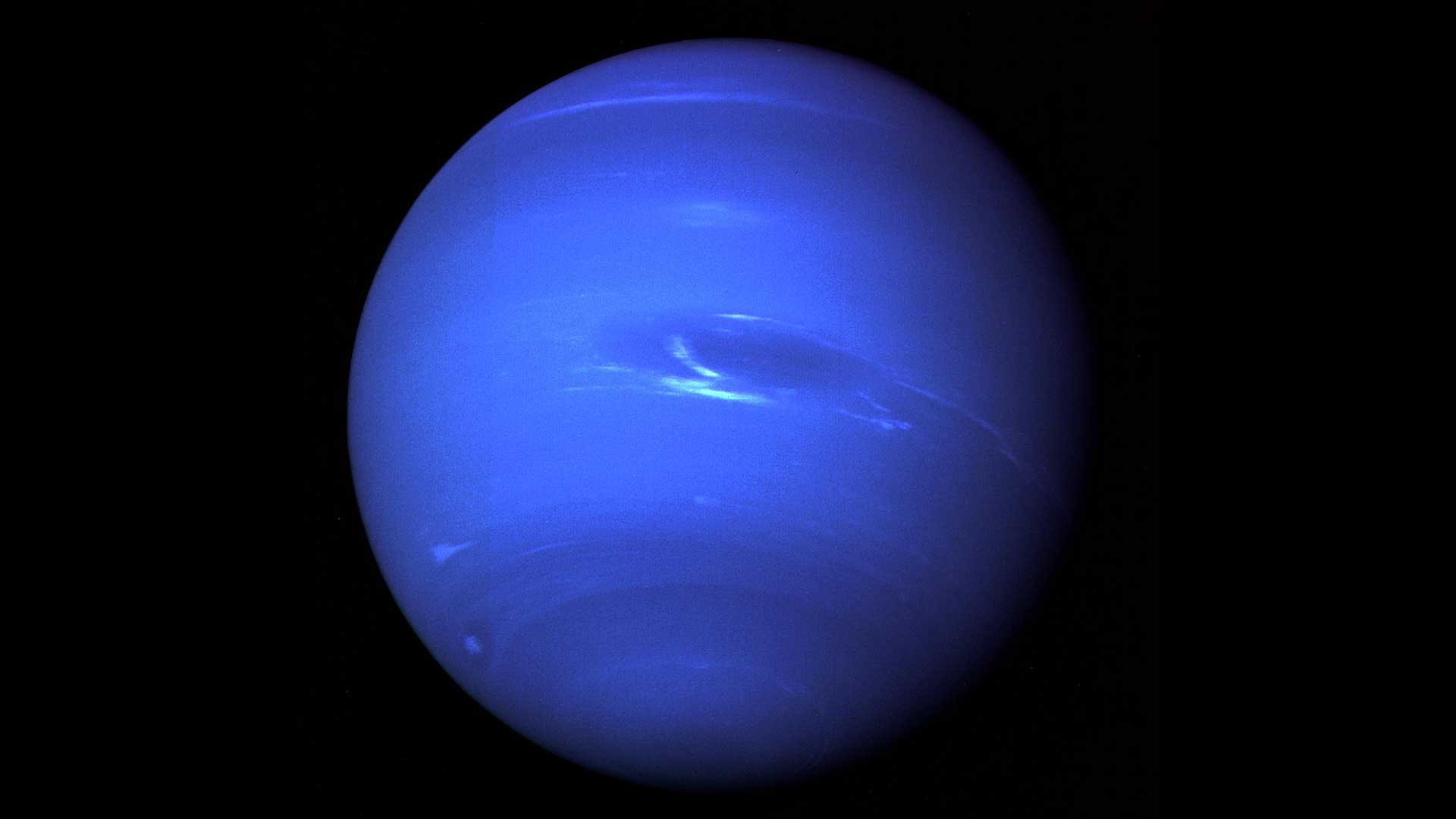

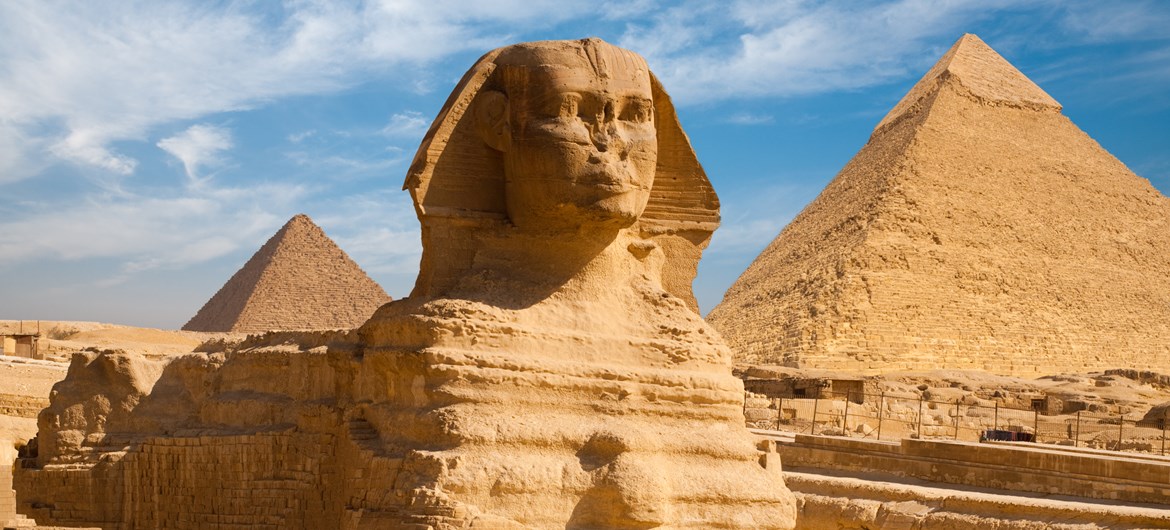
/https://tf-cmsv2-smithsonianmag-media.s3.amazonaws.com/filer_public/54/66/546650fa-26a4-40fd-8d6d-5a7a04540f81/rosetta2.png)
:max_bytes(150000):strip_icc():focal(999x0:1001x2)/robert-prevost-050825-1-39395418ab494da5a3a700c9478e66c8.jpg)


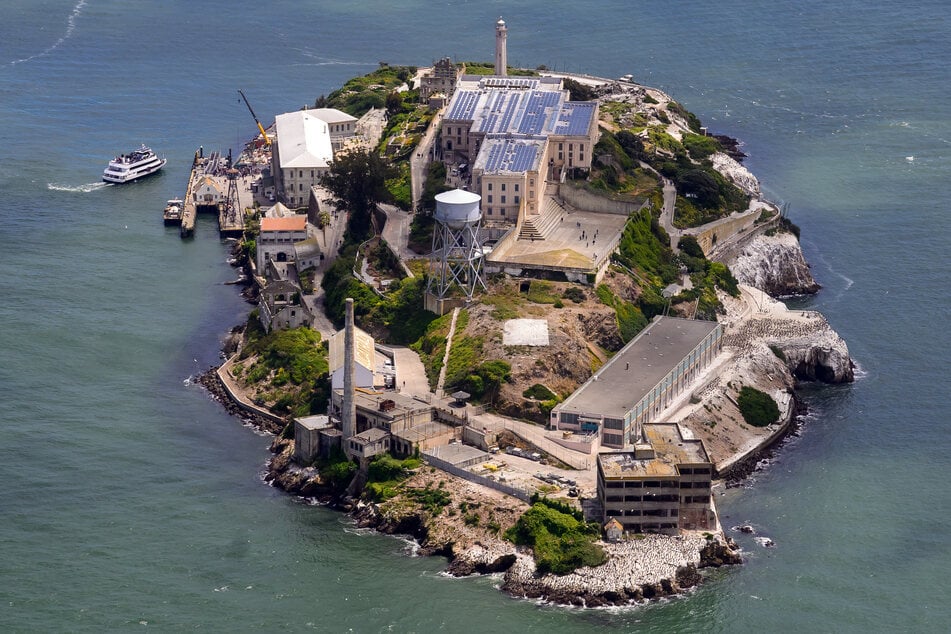



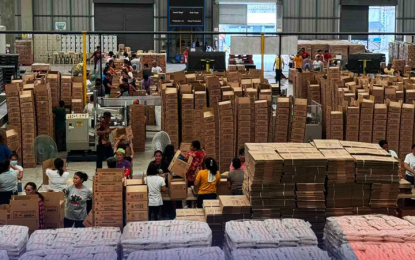



















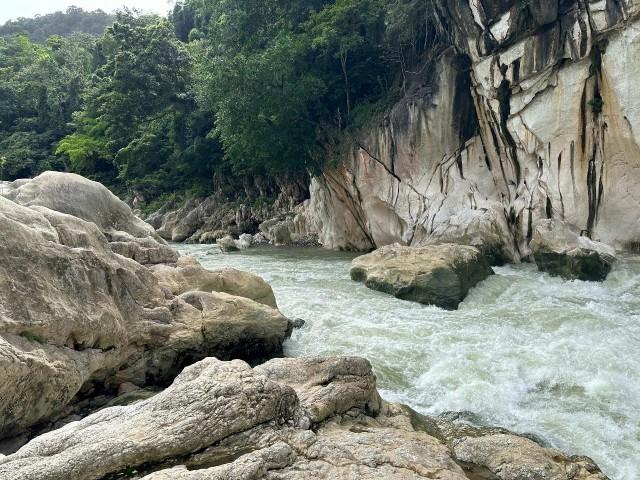




















format(webp))
format(webp))











